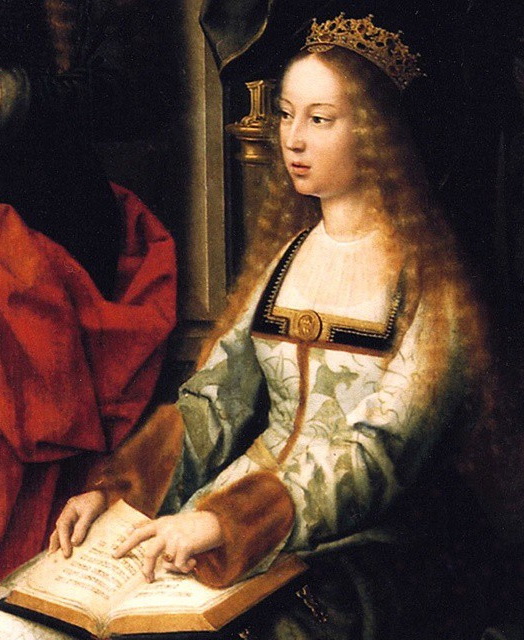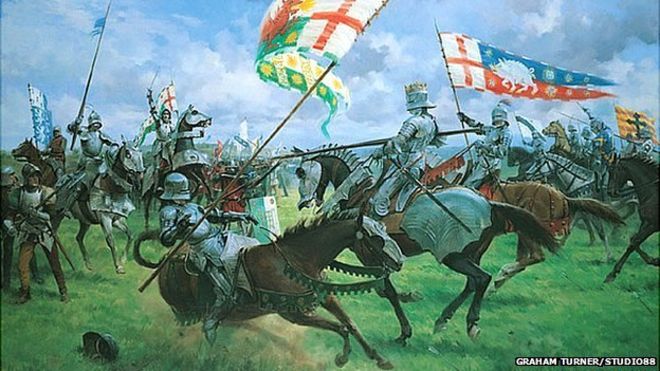The mid-20th century saw a fascination with psychoanalysis and the theories of Freud and Jung, which everyone then began to apply to historical persons, saints, the Church, education, and life in general. The Hidden Face is an examination of the life of St. Thérèse of the Child Jesus and the Holy Face in the light of modern psychology. The book offers a fascinating albeit critical view of the Martin family and how they typified nineteenth century French Catholicism, with its emphasis on pious devotions, penances and pilgrimages. It is shown how the saint could hardly escape being neurotic with the constant and intense guidance from her older sisters in overcoming even the least imperfection. That St. Thérèse was able to blossom into a cheerful and humorous young woman with a robust, happy zeal for her Carmelite vocation occurred almost in spite of the hyper-vigilance of her sisters. The most interesting aspect of the book is the theory about St. Thérèse's mysterious illness when she was a child, which her sisters thought was diabolic possession. Her final, fatal illness is also reviewed in the light of twentieth century medicine, which makes the mystery of her final passion all the more poignant. I came away from the book more in awe than ever of my friend and sister St. Thérèse.
Isabella of Castile: Europe's First Great Queen by Giles Tremlett
I have read several biographies of Isabel the Catholic but the Tremlett biography stands out for taking a highly critical approach. Tremlett praises Isabel as the first great European woman monarch who, taking her inspiration from Jeanne d'Arc, wore armor and did what no princess or queen had ever before ventured to do. On the other hand, he also is highly critical of her persecution of the conversos and the Jews, which together are among the saddest and most tragic episodes in European history. The conversos were the Spanish Jews who had converted to Christianity, and due to the behavior of a few, a large section of the converso community was subjected to the Inquisition to test how Catholic they were. Unfortunately, in some areas of Spain the process enabled people seeking revenge upon their neighbors to use the accusation of heresy as a means to that revenge. Many non-heretical persons suffered hideously so that the pope had to intervene. And then came the forced exile of the Jews which was also horrific and characterized by the loss of life and property. It is a shame that a reign full of such magnificent accomplishments such as the voyages of Columbus should be so stained by the sufferings of the innocent. The book has immense political detail as well as personal information about Isabel, her husband Ferdinand, and their children. The highlight of the book is the decision of Isabel to sponsor Columbus, showing her willingness to take immense risks which later proved to be for the benefit of her country.The Sunne in Splendour by Sharon Kay Penman
After watching The White Queen and The White Princess, I was ready for a point of view of the Wars of the Roses other than Philippa Gregory's; I turned to Sharon Kay Penman's 1982 novel of the life of Richard III, The Sunne in Splendour. I always loved the title, which is based upon the solar phenomenon at the battle of Mortimer's Cross on February 2, 1461. It is overall a well-written book, although sometimes the conversations drag on with a great deal of 1980's psycho-babble about feelings. The research upon which even the details of the novel are based is incredibly scrupulous, with Richard being in certain places tending to certain business exactly when he actually would have been. It is hard in the beginning not to fall in love with Edward IV and just as hard not to be bitterly disappointed when he becomes weighed down with food, drink and women. Of course, by that part of the book, it is one gut-wrenching tragedy after another. Penman's portrayal of the relationship between Richard and his niece Elizabeth of York has a delicacy and restraint that is probably closer to the reality than Gregory's morbid love affair. Penman's approach has more power; when Elizabeth admits what her true feelings are after the Battle of Bosworth Field, then the heart truly breaks for her and for all of England, now in Tudor's hands.
Henry VIII: The King and His Court by Alison Weir
In the beginning of his reign, Henry VIII resembled his grandfather Edward IV a great deal, with his height, good looks, charm and chivalrous nature. As a young King he made every effort to make his court shine among Renaissance hubs of culture; it was a delightful place to be before it became a hotbed of religious controversy. Alison Weir, as is her wont, provides reams of information from the royal account books which shed a great deal of light upon how the king's household was run, who ran it, who worked there, and what the daily routine would have been. She also describes the various royal castles and manors, of which there were many because Henry liked to accumulate real estate. As Henry aged, he still resembled his grandfather Edward IV, who also became fat and sick. Henry, however, became a tyrant, imposing his will in a way that few Plantagenets would have dared. And yet Henry was one of the most self-righteous of rulers, seeing himself as incapable of making a bad decision. Weir's work gives a glimpse of the fleetingly beautiful opening of his reign, when Henry and Katherine of Aragon presided over a a second Camelot, or so it seemed. Share





















No comments:
Post a Comment